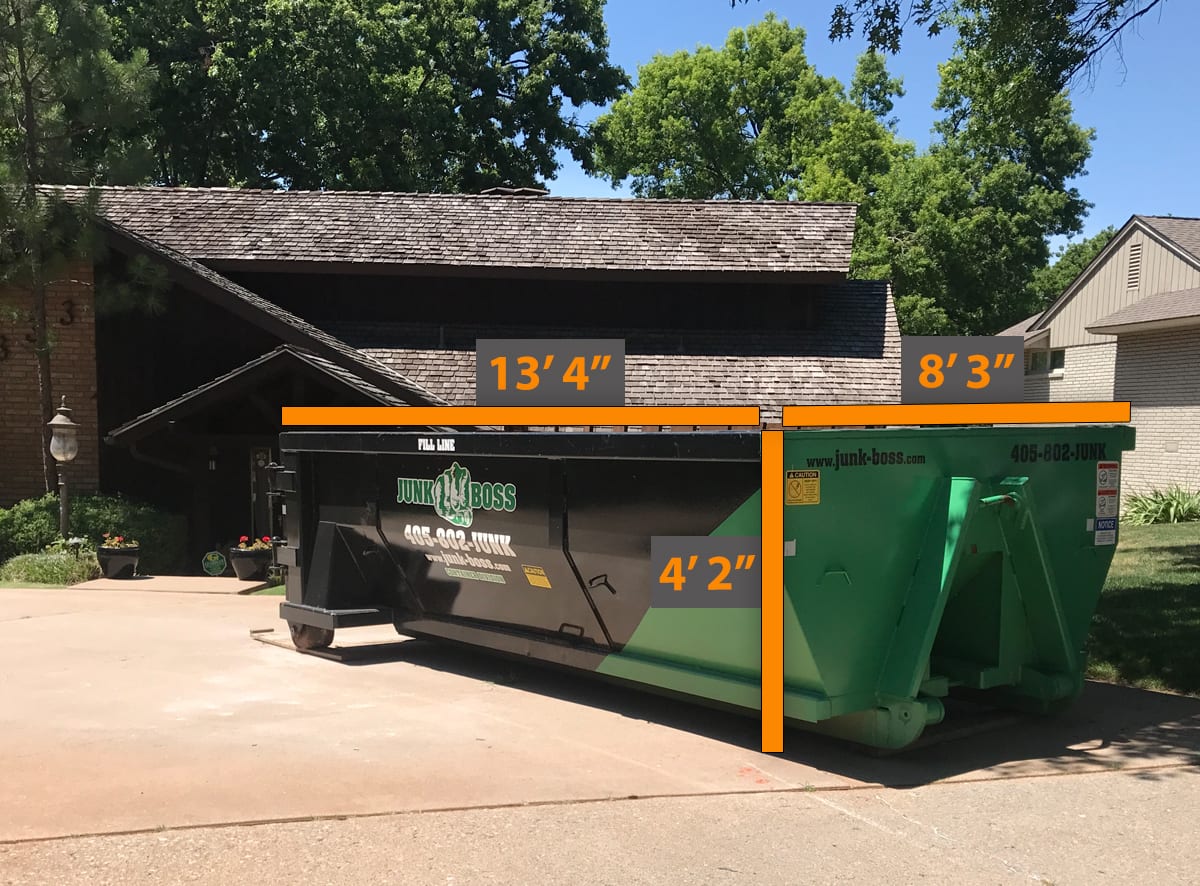Renting a dumpster like a professional needs cautious preparation and focus to information to ensure an effective project. To get it right, it's vital to select the appropriate dumpster size, comprehending that small jobs need 10-yard dumpsters, while bigger building and construction jobs require 30-yard ones. Consider rental duration, location, and particles type to properly estimate costs, and understand prohibited items to avoid fines. Strategically putting the dumpster and filling it efficiently will simplify waste removal and keep your task on track. By complying with these crucial suggestions, you'll be well on your means to a hassle-free dumpster rental experience, and there's even more to find to ensure your project's success.
Choosing the Right Dumpster Size
When undertaking a project that includes significant waste generation, renting a dumpster is often an essential step. The trick to an effective dumpster rental experience depends on picking the right dumpster size for your specific needs.
A dumpster that is also tiny can result in multiple journeys to the landfill, resulting in enhanced costs and lost time. On the other hand, a dumpster that is also big can be a waste of sources and occupy beneficial space on your job site.
To identify the excellent dumpster dimension, consider the type and volume of waste you expect to produce. For example, a tiny 10-yard dumpster might appropriate for minor renovations or backyard clean-ups, while a larger 30-yard dumpster is better fit for larger construction tasks or industrial cleanouts.
Additionally, think about any type of particular guidelines or constraints in your location that may influence the dimension of dumpster you can rent. By taking the time to pick the best dumpster dimension, you can assure a smooth and efficient waste administration process
Understanding Dumpster Rental Costs
Having chosen the best dumpster size, it's just as vital to recognize the prices related to renting a dumpster. This will assist you plan and budget for your task, making certain a smooth and trouble-free experience.
Dumpster service costs can differ depending upon a number of factors, including:
- Rental duration: The longer you need the dumpster, the greater the cost. Dumpster size: Larger dumpsters call for even more materials and labor, causing greater prices. Location: Rental expenses vary depending on the location, with urban locations typically being more costly than rural areas. Debris type and weight: Disposing of heavy or dangerous products might sustain added fees.
Understanding these aspects will assist you make an informed decision when leasing a dumpster.
Be sure to ask your rental carrier regarding any extra costs or charges associated with your specific job. By doing so, you can avoid unanticipated expenditures and remain within your budget.
What Can Enter the Dumpster
Within the boundaries of your rented dumpster, you can get rid of a variety of unwanted materials, from household junk to construction debris This includes old furnishings, devices, and electronic devices that are no longer useful or needed.
You can additionally remove renovation waste, such as drywall, flooring, and roof materials. In addition, yard waste like branches, leaves, and yard cuttings can be taken care of in the dumpster.
If you're cleaning out your attic or cellar, you can discard old boxes, papers, and https://67197e1ae3345.site123.me other miscellaneous products that are using up space.
Remember to follow the guidelines set by your dumpster rental business, as they may have specific policies about what can and can not be put in the dumpster.
It's important to assure that you're only getting rid of allowed materials to avoid any kind of extra costs or penalties. By knowing what can enter the dumpster, you can successfully and properly do away with undesirable items and declutter your space.
Prohibited Items and Materials
Disposing of unwanted materials through a dumpster rental can be a practical and effective way to declutter your room, but it's important to be aware of the prohibited items and products that can not be placed in the dumpster.
These things can position environmental hazards, damages the dumpster, or perhaps endanger the safety of those managing the waste.
- Hazardous waste, such as batteries, electronic devices, and chemicals Liquids, consisting of paint, solvents, and fuels Flammable materials, consisting of gas tanks and fireworks Large home appliances, such as fridges and air conditioners
Strategically Placing Your Dumpster
Positioning your dumpster in a strategic location is necessary to ensure a seamless waste administration process This guarantees easy access for packing and unloading waste, while also decreasing interruptions to your daily activities.
When picking a place, consider the closeness to the location where waste will certainly be generated, such as a building and construction site or a home remodelling area. Additionally, choose a spot that is conveniently obtainable for the dumpster delivery truck and has sufficient space to fit the dumpster's size.
Ascertain the location is level, firm, and stable to prevent the dumpster from moving or falling over. Avoid placing the dumpster near power lines, water meters, or various other energies that could be damaged.

Also, get in touch with your local authorities to establish if any kind of licenses are required to position a dumpster on your residential property. By purposefully putting your dumpster, you can ensure a hassle-free waste administration experience and stay clear of potential problems or fines.
Efficiently Loading the Dumpster
Once your dumpster is purposefully placed, it's time to focus on efficiently filling it. This is necessary to maximizing the dumpster's capacity and decreasing the risk of overfilling or underutilizing the space.
To fill your dumpster like a pro, keep the adhering to tips in mind:
- Load heavy items first, such as construction particles or heavy furnishings, to produce a steady base and avoid changing throughout transport. Break down bulky items, like home appliances or large furnishings, to take advantage of the dumpster's space. Fill in spaces and corners with smaller products, like boxes or loose products, to eliminate thrown away space. Keep the dumpster organized by organizing similar materials with each other, making it easier to get rid of them properly.